While many homes tend to use horizontal siding, there are plenty of vertical siding options that you can also install using high-quality materials, with the help of reliable vertical siding installers. There are several different types of vertical siding to consider, along with the various installation costs based on both the materials used and the extent of the project.

The Different Vertical Siding Products Available for Homes
Depending on the type of home, there are a variety of vertical siding products you can choose from to keep your home’s exterior in consistently great condition. Whether you’re more interested in durability or visual appeal, you can usually find a balance between the two at an affordable price.Vertical Cedar Siding
Cedar is the most commonly used type of real wood vertical siding, and it’s also the most popular option for horizontal siding. There is a wide range of shapes, grades, and styles available. Some of the advantages of vertical cedar siding include:- Warm aesthetics and natural look
- Comes in a variety of styles and grains
- Stains well to reveal rich textures
- Resistant to swelling, cracking, and cupping
- Offers long-term durability despite frequent upkeep
- Works well with cedar shakes and shingles
- Installation and maintenance are relatively simple
- Eco-friendly as long as it hasn’t been treated with preservatives
- Woodpeckers often bore into this wood
- Is vulnerable to insect infestations if not properly cared for
- Lower fire rating than other fire-resistant materials
- Is less environmentally friendly than untreated wood when chemically treated for fire resistance
Vertical Vinyl Siding
Another popular option for home siding is vertical vinyl siding panels, which also come with several pros and cons. Vinyl siding is potentially a great alternative to wood, mimicking the appearance of cedar and other types of wood siding, without any seams that used to come with these panels years ago. Some of the benefits of installing vertical vinyl siding include:- Comes in various thicknesses depending on insulation needs
- Requires little to no maintenance once installed, typically lasting between 30-40 years
- One of the least expensive options available, with the vertical vinyl siding cost remaining perfectly affordable for most homeowners
- Fast and easy installation
- Can keep home dry and safe in a wide range of climates
- Dents easily at all gauges
- Fades over time without proper washing and repainting every eight to 10 years
- Replacement of vinyl siding can be expensive and time consuming
- Matching colors of new and old panels can be impossible
- Vulnerable to cracking in extremely cold weather
- Can melt in extreme heat, though this is rare
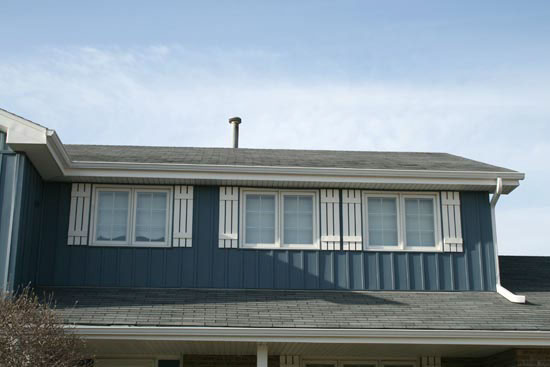
Vertical Board and Batten Siding
Board and batten vertical siding is another unique option that can help your home stand out among your neighbors. This design features narrow strips of wood referred to as battens, which alternate with wider boards, creating a layered look. Advantages of using board and batten vertical siding include:- Long-lasting materials that can hold up for years
- Can add to the home’s resale value through added appeal
- Vertical board and batten vinyl siding is available in lieu of wood
- Requires careful installation, which makes selection of reputable installers more important
- Could require more frequent maintenance when constructed with wood
Composite Vertical Siding
Yet another vertical siding option you can use is an installation of composite vertical siding. The materials used in this type of siding are typically made of a mixture of plastic polymers and wood, but you can also find vertical fiber cement siding, which consists of a mix of wood fiber, cement, and sand. Regardless of the type of composite vertical siding you choose for the home, there are certain pros and cons to this material as well, with the benefits including:- Impact resistant due to durable construction
- Resistant to cracking, rot, and fire
- Mimics the look of real wood while remaining sturdier than real wood options
- Vulnerability to moisture buildup (this is avoided with composite siding that doesn’t contain wood)
- Requires installation at the hands of experts who know how to work with the materials

Vertical Metal Siding
Some homeowners may opt for vertical metal siding if they want to avoid frequent maintenance and replacement. Benefits of using this siding include:- Low maintenance following proper installation
- Weather resistant
- Doesn’t absorb moisture or cause any mold or fungus buildup
- Available in steel and aluminum
- Fire resistant construction
- Cost-effective to purchase and install
- Aluminum siding is difficult to replace and match colors
- Vulnerable to fading
- Subject to denting if struck with enough force
- Scratched metal could rust over time
- Poorer insulation compared to other materials
Figuring Out Vertical Siding Prices
Regardless of which of these materials you choose for your vertical siding installation, there are several common factors to consider besides the cost of the materials themselves. These include:- The gauge of the material, which will help with insulation (the thicker the gauge, the higher the cost)
- Extent of the project (a complete installation or a partial replacement, along with the size of the home)
- Labor costs
Installing Vertical Siding for Your Home with the Help of Professionals
There isn’t a perfect vertical siding material option for any home. Every type of vertical siding product comes with its advantages and disadvantages, but there’s a siding option for every home. The key is to find the right siding installers. Contractors such as Illinois Energy have decades of experience installing a variety of vertical siding for homes, with professionals who can work with you to get the job done the way you want it, within the time frame you need it done.We can help you determine which type of vertical siding option is right for your home, and work with you to get started installing vertical siding following a free estimate. Contact us today and we’ll begin on a vertical siding project that best suits your home.
Subscribe to Illinois Energy Windows & Siding's Blog




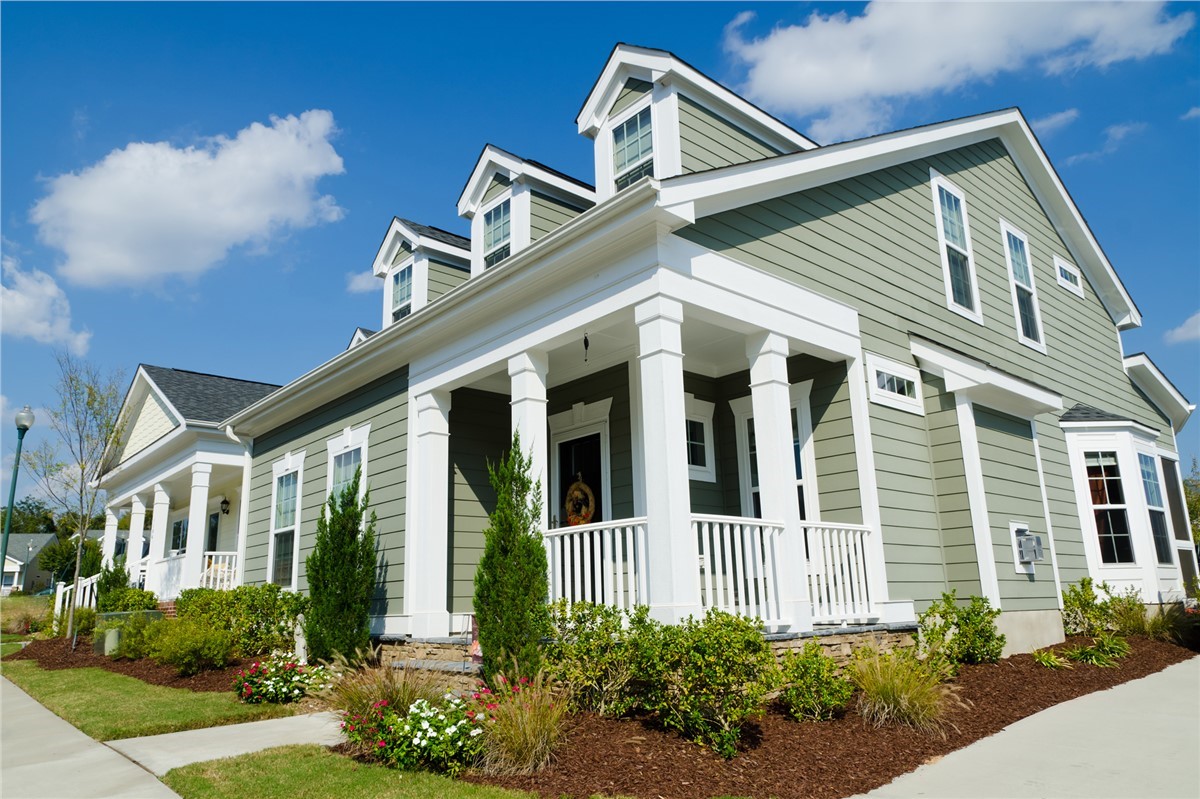
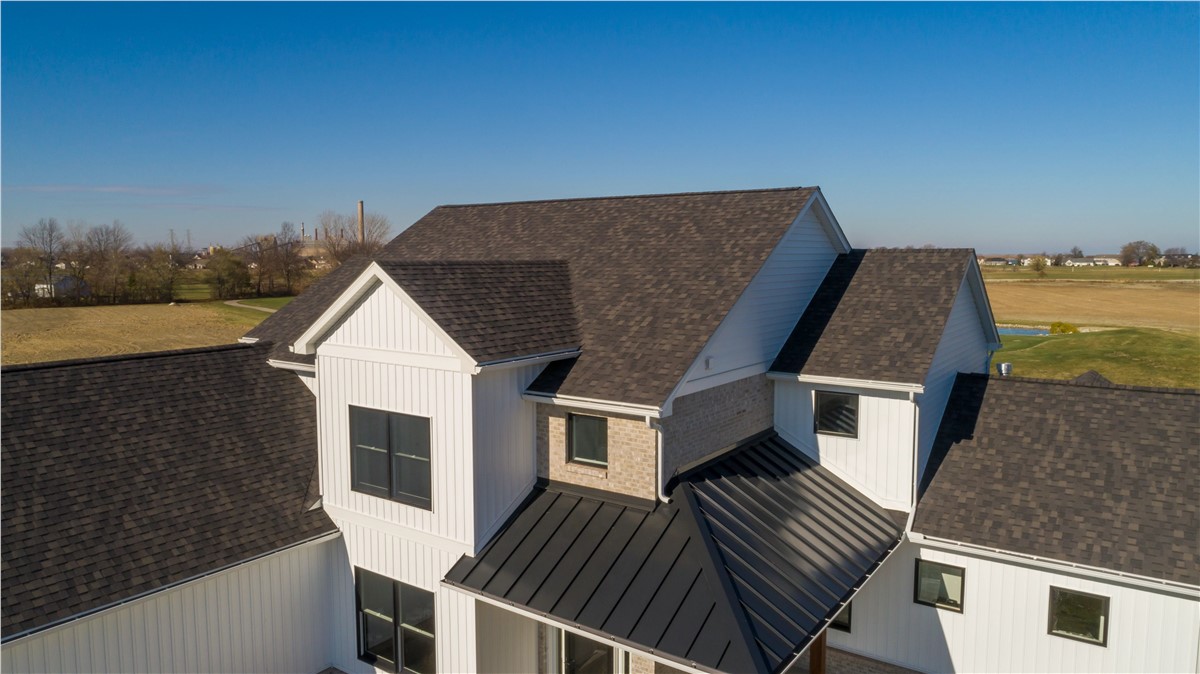
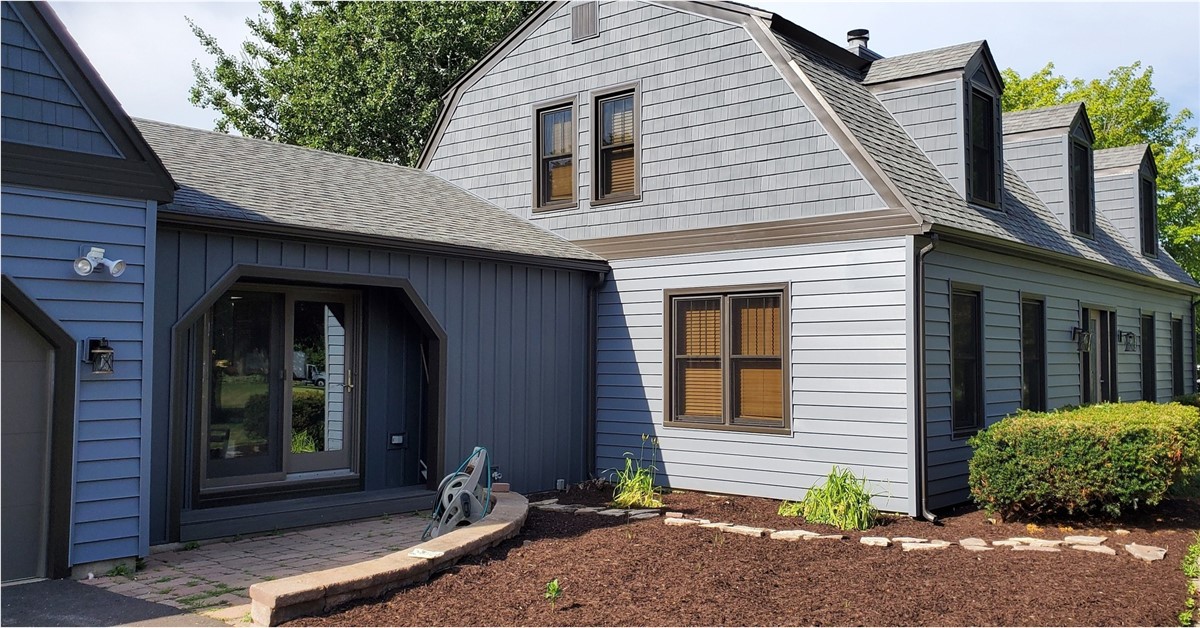

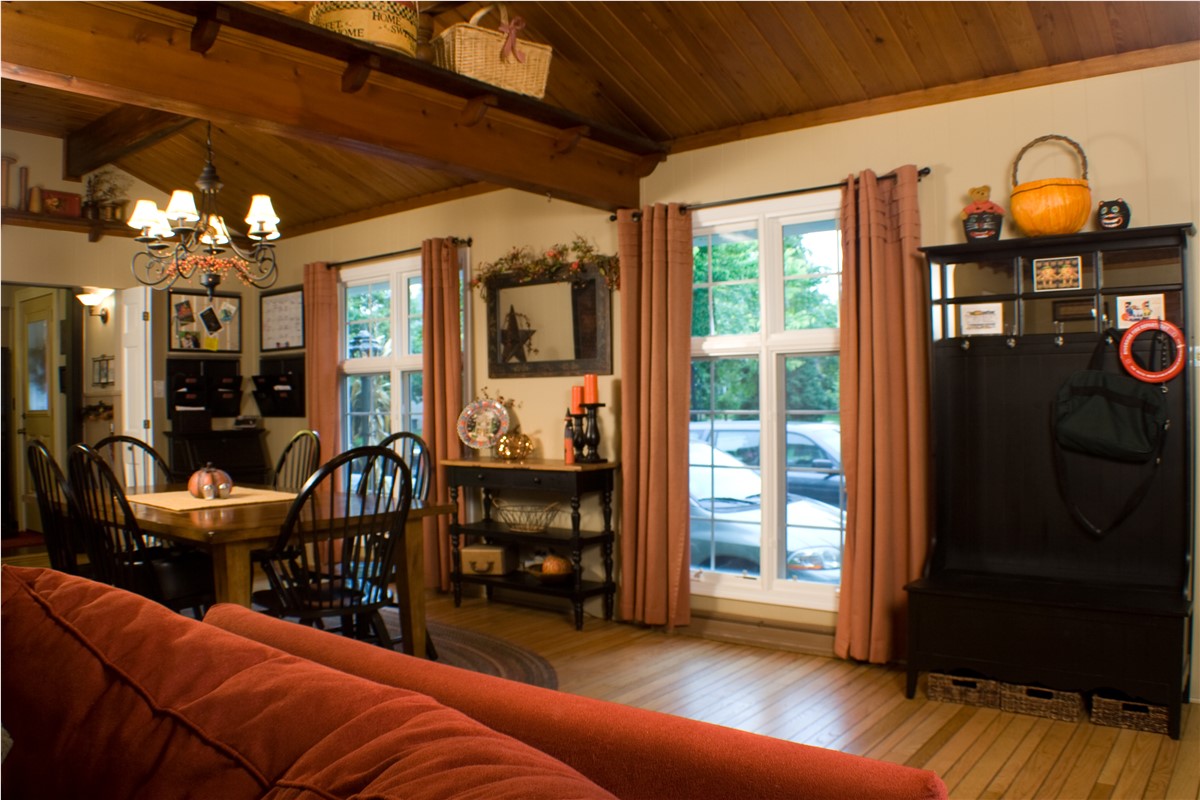
Comments